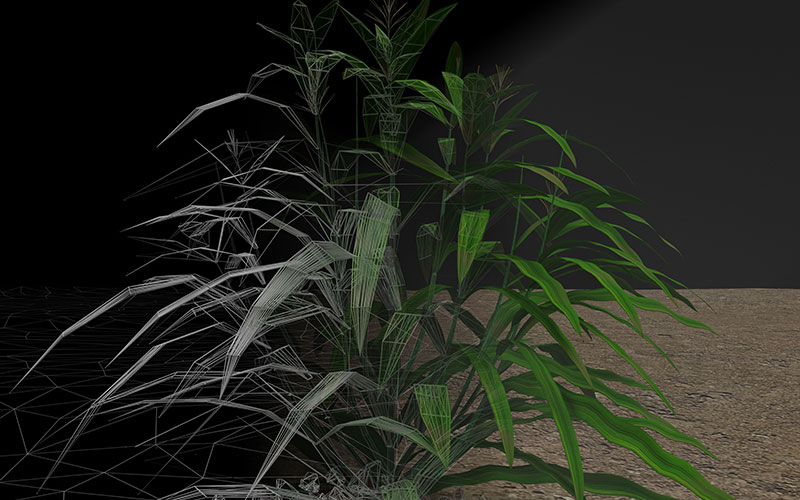Text by CLOT Magazine

Art’s Work in the Age of Biotechnology: Shaping Our Genetic Futures is an art-science exhibit and symposium of artists, scientists, and humanities scholars led by the North Carolina State University Libraries and the Genetic Engineering and Society (GES) Center, held at the Gregg Museum of Art & Design, the physical and digital display spaces of the University Libraries, and the North Carolina Museum of Art (NCMA). These activities will elicit discussion about genetics in society through the lens of contemporary art and offer viewers new ways to think about their potential roles in the genetic revolution.
By combining science and art and design, the artists and artworks chosen for display contextualise genetic engineering by bringing it out of the lab and into public places, challenging viewers’ understandings of the human condition, the material of our bodies, and the consequences of biotechnology. The exhibition, symposium, integrated curriculum, and cross-campus dialogues will raise awareness and discussion about biotechnologies and their consequences in our society while drawing in art practices for reaching new communities.
Exhibition guest Curator Hannah Star Rogers shares: Biotechnology and art are fascinatingly intertwined. From our aesthetic appreciation of plants and animals that brought about breeding regimens, to art about ethics in the genomic age, these artworks invite the public into the conversation about the history, philosophy, politics, and future of biotechnology.
The artists represented in Art’s Work/Genetic Futures draw on a number of artistic and design traditions to produce their work. Some of the names include Suzanne Anker, Joe Davis, Jon Davis, Heather Dewey-Hagborg, Charlotte Jarvis, Emilia Tikka, Paul Vanouse, Jennifer Willet, and Adam Zaretsky. In various measures, many of the artists have engaged with bio-art, worked with performative interventions, or produced projects influenced by speculative design. When we think of art and genetics together, we reach toward understanding the human condition, the materiality of our bodies, and the consequences of biotechnology in ways that are uniquely possible through combining bench science and contemporary art. These analytical and speculative works help us imagine the implications of modern biotechnology practices, encourage us to reflect on historical and contemporary methods of genetically modifying organisms, and implicate us in the choices around the ethics, politics, and social practices of genomics.
Art’s Work/Genetic Futures runs until 15 March 2020.






